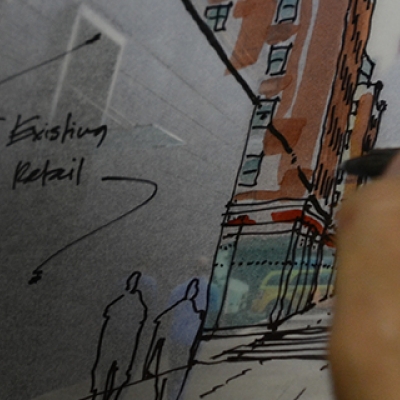
Building Resilience and Preserving History in Charleston
By Betsey Russell / On June 28th, 2019
In a city like Charleston, with deep cultural roots and countless historic buildings, the effects of development on neighborhood preservation and the growing impacts of climate change demand a new approach that can address both issues simultaneously.



